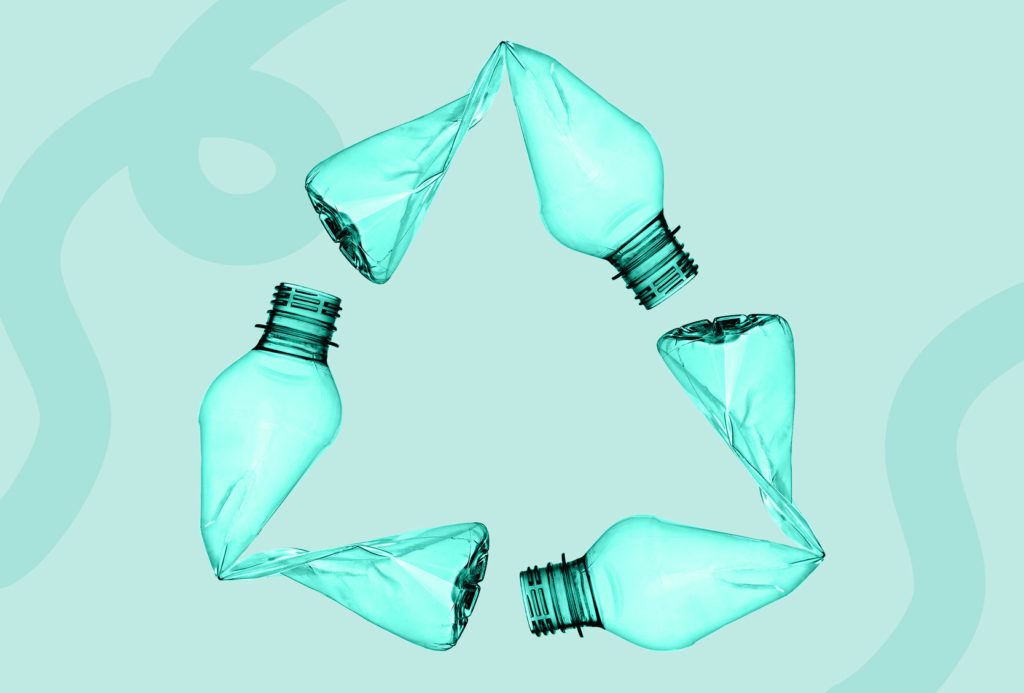We know the importance of sharing information and good habits about the use and disposal of plastics to increase their sustainability.
Therefore, the European Environment Agency has published the briefing paper ‘Pathways towards circular plastics in Europe – good practice examples from countries, businesses and citizens’.
It is a highly significant document, not only because it is intended to promote circular and more sustainable plastics management, but also because it concerns everyone, from us consumers to manufacturing companies.
Indeed, creating ‘virtuous’ plastic management cycles allows to avoid or effectively reduce not only potential pollution but also greenhouse gas emissions and the production of virgin materials, thus allowing room for recycled products and packaging.
As stated by the European Environment Agency, a major shift is needed, which “can only be accelerated by scaling up good practice examples and making improvements across the plastics value chain”. In this perspective, the briefing represents an effective and concrete document that can be useful for everyone.
It provides an overview of three main pathways, and for each of them, the Agency has choosen some good examples from across Europe, from companies, policymakers, and citizens.
Let’s have a closer look at them together.
1. “Smarter” use and disposal of plastics
We have to reduce packaging and single-use plastic – as already established by a recent European directive – focusing on “circular product design”, to extend products’ lifetime and increase their reuse.
In fact, as already often emphasized, the product manufacturing phase is a crucial one, throughout which particular attention must be paid to the specific characteristics of a product’s composition, design, and development so that in the end it is more easily reusable and recyclable.
2. Greater circularity
This requires investment in systems that facilitate all activities related to the collection, sorting, and recycling of plastics. One example is represented by shops and supermarkets offering their customers eco-compactors that recycle plastic bottles and other plastic products.
We, as consumers, can play a strategic role, not only by contributing to proper collection of household waste but also by choosing to buy products with high recycled content that are themselves recyclable.
3. The introduction of renewable materials
Furthermore, “circular” manufacturing, which, as we know, plays an essential role in making plastics more sustainable, has to be further implemented while limiting the use of virgin plastics.
Therefore, it is necessary to focus on preserving the value and usefulness of recycled plastics through increasingly efficient recovery, sorting, and recycling systems, which also help citizens to make their own valuable contribution to the proper recycling of plastics.
Lastly, the Agency underlines that the development of the three important pathways can be considered synergistic, although the increased circularity pathway is currently the most advanced, with several examples of good practice on a large scale.
The European Environment Agency Briefing is an important step towards further development of plastics recycling and demonstrates how working together, we can make a big difference.
More information on the official website.

